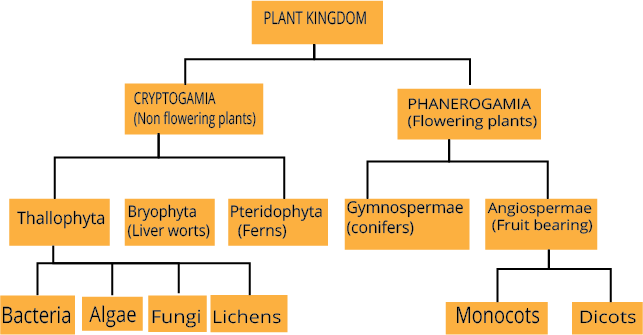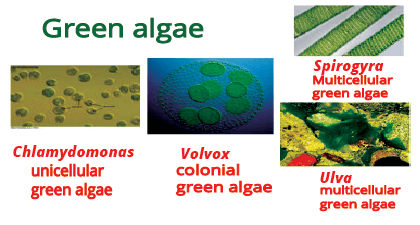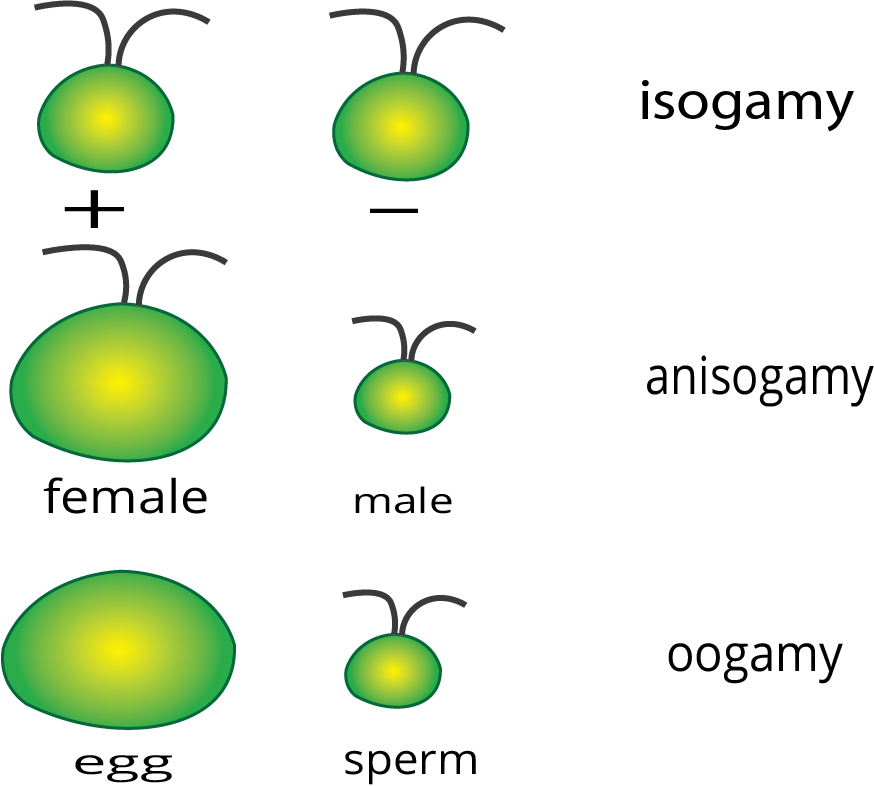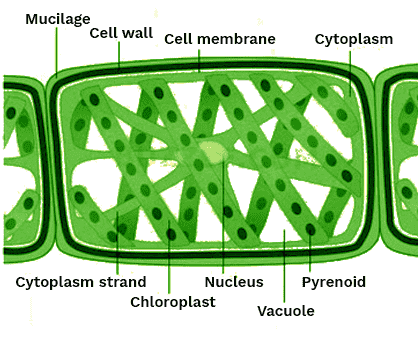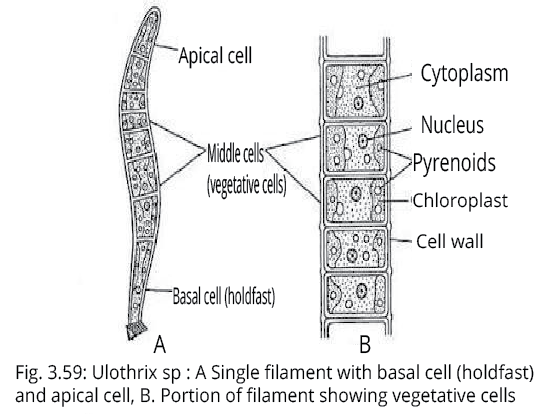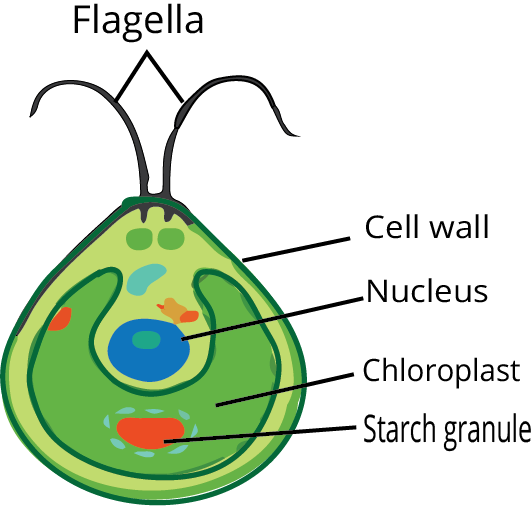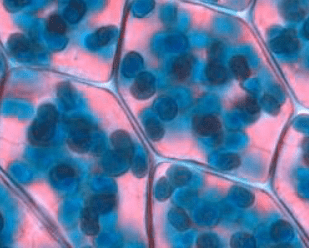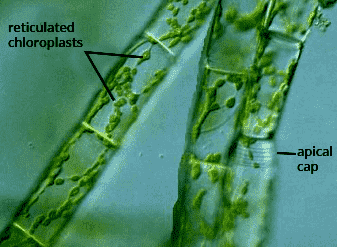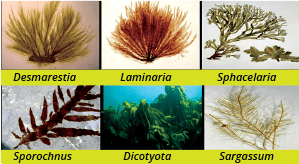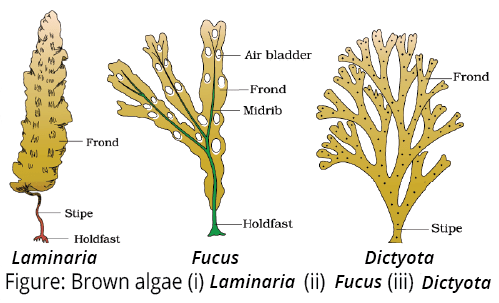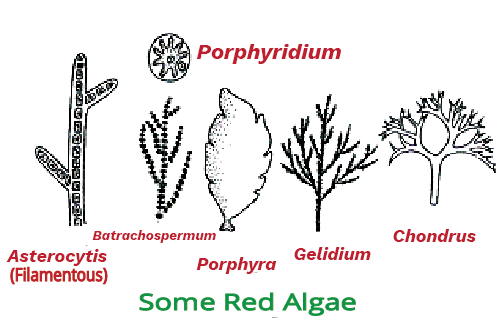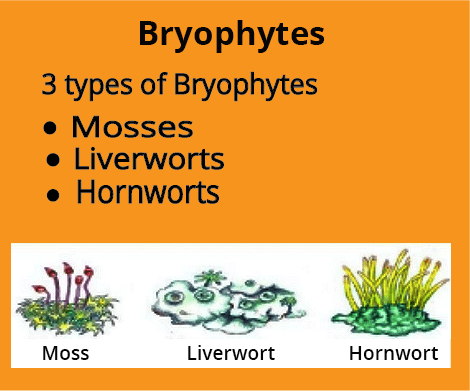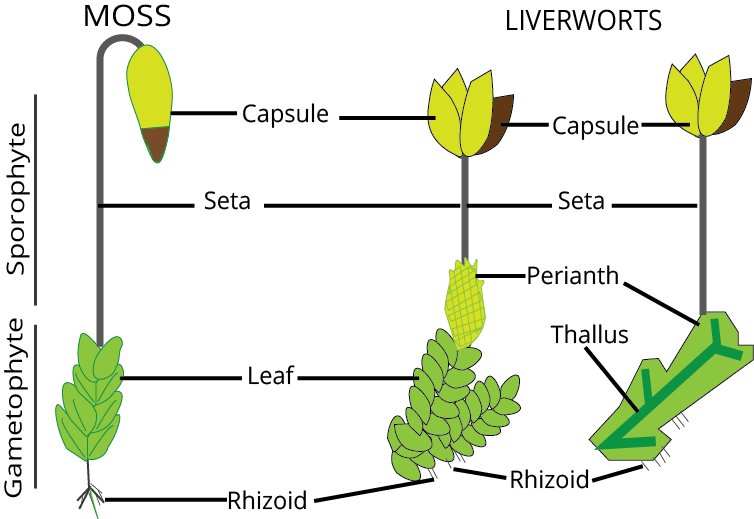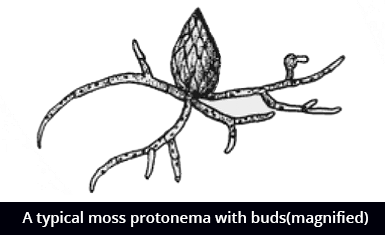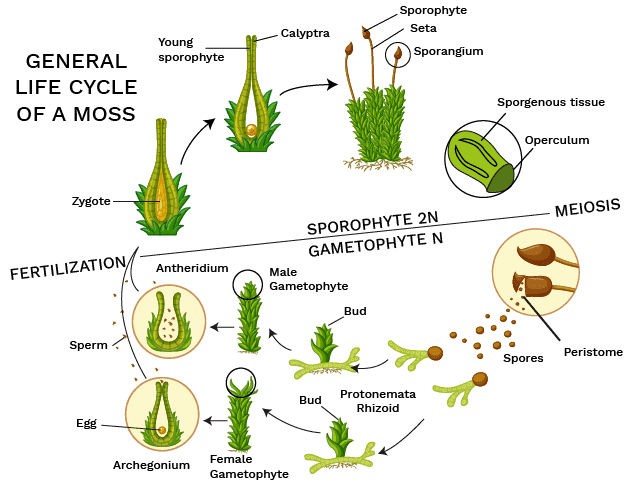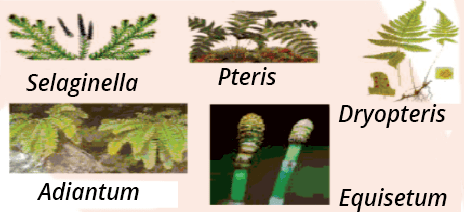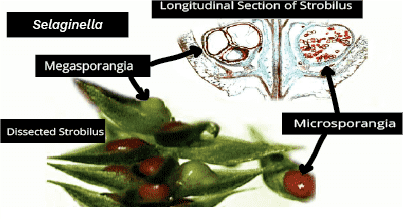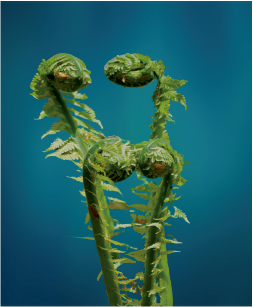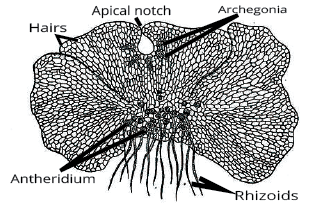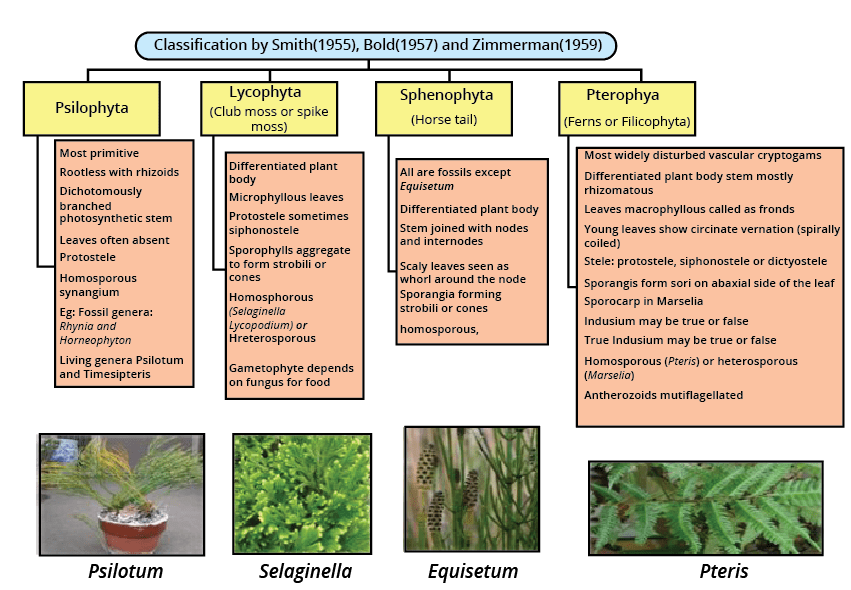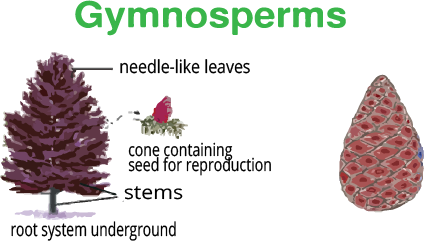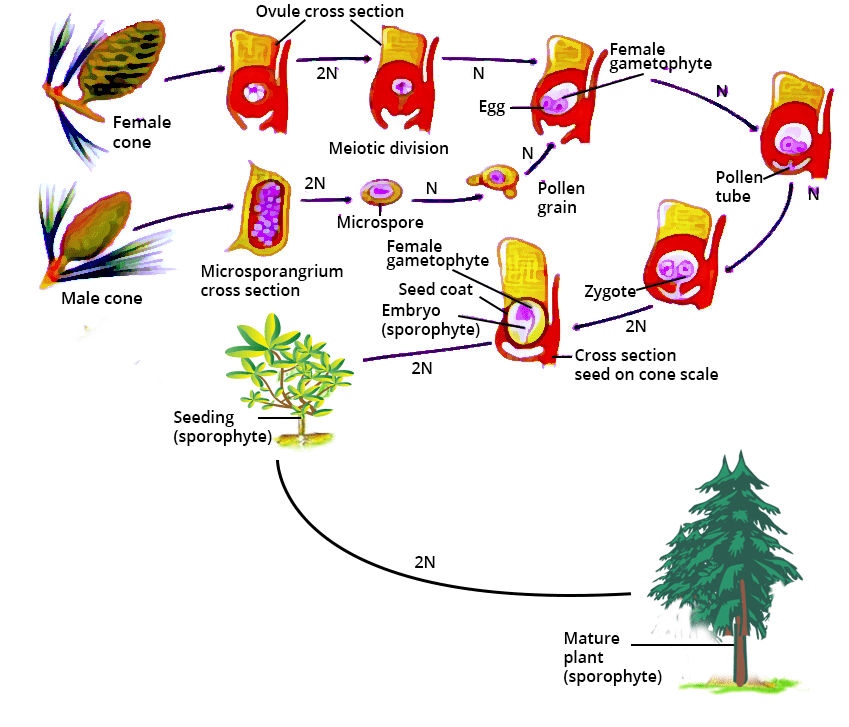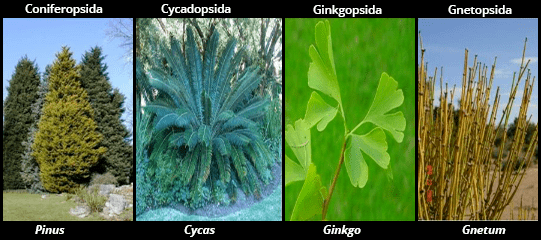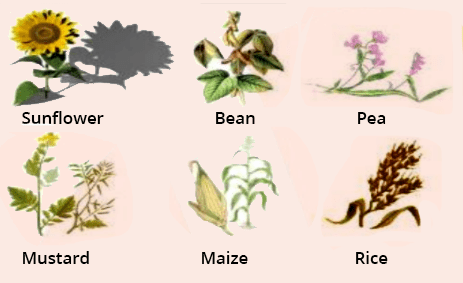Class 11 Chapter 3 Plant Kingdom Notes - FREE PDF Download
FAQs on Plant Kingdom Class 11 Notes: CBSE Biology Chapter 3
1. What are Angiosperms?
Angiosperms are defined in Class 11 Biology Chapter 3 Notes as flowering plants and possess vascular bundles such as xylem and phloem tissue. There is a clear differentiation in the plant body in terms of roots, shoots, and leaves. Due to the presence of flowers, male and female gametes develop within it. Within angiosperms, it is the flower, which is the reproductive part. Class 11th Biology Ch 3 Notes mention that angiosperms can be further categorised into monocotyledonous plants and dicotyledonous plants.
2. What is the different reproduction process in plants?
Plants have both sexual and asexual reproductive processes. In the case of asexual reproduction, new plants are created without seed production. A specific type of asexual reproduction is creating new plants from stems, roots, or leaves. It is mentioned Class 11th Biology Chapter 3 Notes that the process is also known as vegetative propagation.
3. What are bryophytes?
Bryophytes consist of such plant species that undergo reproduction through spores. These plants grow mostly in cold and damp environments. Some of the important features of bryophytes as mentioned in Chapter 3 Plant Kingdom Class 11 Notes are – (1) non-vascular, (2) nutrient uptake not through the root, (3) remains for a long time in the gametophyte stage, (4) produces single spore.
4. What is the method for downloading the Class 11 Biology Chapter 3 Notes PDF?
Underneath is the procedure that students must follow to download the notes of Chapter 3 Class 11 Biology:
Visit the page Notes for Class 11 Biology.
The link will take you to the website of Vedantu.
After this, you will find that the notes of Chapter 3 Class 11 Biology are available on the page of Vedantu.
There will be the choice of “Download PDF” at the top of the page.
Click that option to download the notes free of cost.
The notes that you require will be downloaded in the form of PDF files.
5. What are the various topics covered in Chapter 3 of Class 11 Biology?
“Plant Kingdom” is Chapter 3 of Class 11 Biology. The concepts enclosed in this chapter are given below:
Classification
Numerical Taxonomy
Cytotaxonomy
Chemotaxonomy
Algae
Reproduction in Algae
Bryophytes
Reproduction in Bryophytes
Pteridophytes
Gymnosperms
Angiosperms
Students must go through these topics thoroughly if they desire to score well in the Class 11 Biology exam. They can refer to the NCERT book for a better understanding of these topics. All the study material for this chapter is available on the Vedantu Website
6. Give the importance of algae.
The significance of algae is given below:
Through photosynthesis, they help in the fixation of carbon dioxide.
They increase the level of oxygen in the environment.
Species of algae such as Porphyra, Laminaria, Sargassum, etc are used as food.
Algae obtained from Gelidiumand Gracilaria is used to grow microbes. They are also used in jellies and ice-creams.
The algae which are rich in protein are Spirulina and Chlorella. They are even used by space travellers.
These algae are of huge economical importance.
7. Define the term Pteridophytes.
The term Pteridophytes is defined as follows:
These are considered terrestrial plants.
They choose shady, damp and cool places for their growth.
The sporophyte is the main plant body which is divided into leaves, roots and stem.
From these, ornaments are made.
They may have small leaves like in Selaginella or large leaves like in ferns.
After meiosis, the spore mother cells give rise to the spores in Sporangia.
The haploid gametophytic structure is formed after spore germination.
8. What do you mean by the term Gymnosperms?
Gymnosperms are defined through the following points:
These have naked seeds as the ovules are not surrounded by any ovary wall.
These include tall and medium-sized trees and shrubs.
Gymnosperms have needle-like leaves, taproots and branched or unbranched stems.
There is a fungal association in the form of mycorrhiza in the roots of Pinus.
Air currents carry pollen grains that reach the ovules. Then they form a pollen tube which reaches archegonia to release male gametes. These fertiliser egg cells and firm zygote produce embryos. Ovules develop into uncovered seeds.
9. How do Plant Kingdom Class 11 Notes help with exam preparation?
Plant Kingdom Class 11 Notes provide concise summaries, key facts, and practice questions that aid in thorough revision and better exam preparation.
10. How are Class 11th Biology Chapter 3 Notes structured?
Plant Kingdom Class 11 Notes are organised into clear sections with summaries, key points, diagrams, and examples to make learning easy and efficient.























